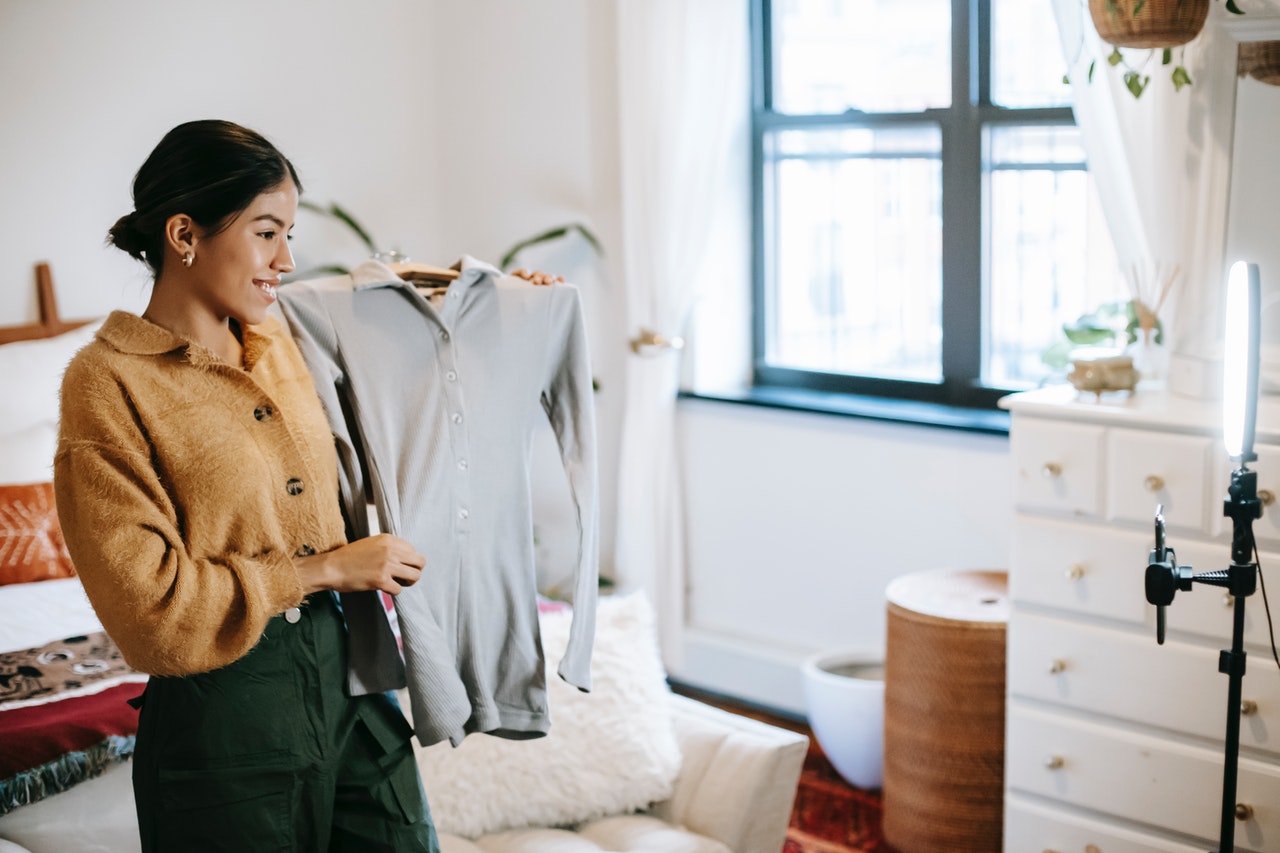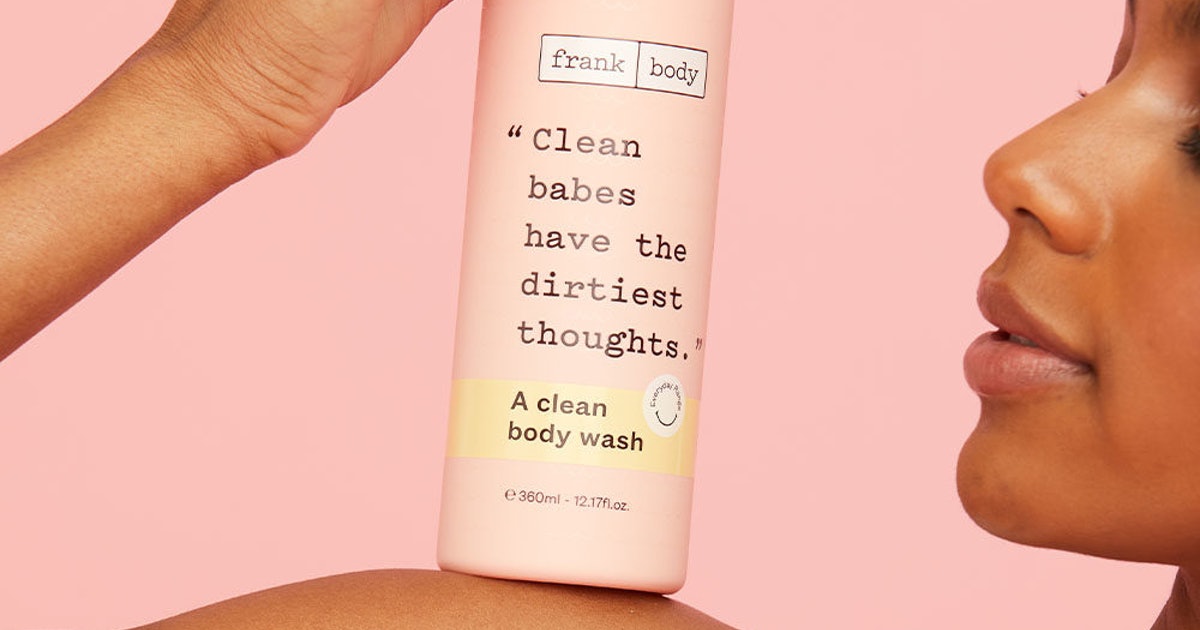“Do you want to be famous?” was the casting call used by the new HBO documentary, Fake Famous, luring young people into a new reality TV show aimed at creating a new influencer. Fake Famous is directed and narrated by tech journalist and Vanity Fair correspondent Nick Bilton. The title of the documentary clues viewers into how the director actually views this multibillion-dollar industry:
“[T]he documentary mocks influencers for a grueling hour and a half, casting an entire ecosystem primarily built and run by women as, one male talking head put it, people who are “not employed” and “without a sense of purpose.”
The cherry on top of this whole thing? Influencers whose content was used as examples in the film told me that HBO never contacted them for permission to use their footage, or even let them know that the footage would be in the documentary. One influencer, Courtnie Hamel of @CourtandNate, told me that when she saw her home featured briefly in the film, she was upset by how “intrusive” it felt. Another, sewing and DIY content creator Mimi Goodwin from MimiGStyle, had no idea either. A spokesperson for Goodwin told me that they were completely unaware that her photo had been used “in such an unflattering and potentially defamatory manner” before I told them.” --Buzzfeed
Thanks in part to social media, we have long passed the point where people can only be famous because they’re politicians, musicians, actors, or athletes. Influencers are not just people with a lot of followers: they’re people who provide content that people value. While the industry isn’t perfect, no industry is. The best way for brands to utilise influencers for the benefit of their product is to respect the influencer industry as a new form of marketing, and, as with any tool, consider its value with regards to reaching the brand’s desired target market.
Understanding Influencer Marketing
Effective influencers for a brand should be authentic people within their community, with fans who trust them. Ideally, they also have experience relevant to what they’re advertising: like a beautician vlogger advertising a skincare product. As influencers create their own content, it does require brands to trust them to follow the brand’s message, but this content does often appear more authentic than a carefully managed and directed traditional advertising. There are standard prices for influencers that often depend on the number of followers or views.
Influencers help brands connect with people who brands might otherwise be hard to reach, particularly now that the world has so much white noise. Followers of an influencer often watch their content daily, and trust them where they might be suspicious of ads that they see on traditional advertising like TV or outdoor.
Influencer vs Brand Ambassador

Brand ambassadors are typically people with long-term contracts, who become the “face” of your brand. Influencers are people with a following within their communities that often recommend products to their followers. There are micro influencers (people with smaller followings), celebrity influencers, vloggers and bloggers and more.
Mega-influencers are hyper-famous people, like A-list celebrities. They can charge a million dollars per post or endorsement, but often don’t have real conversion power—depending on the market in question. The power of a mega-influencer can be immense, however. Recently, one of the most popular Chinese dramas, Word of Honor, catapulted its two main stars, Zhang Zhehan and Gong Jun, into the upper lists of Chinese actor fame. When they chose to endorse the same shade of Tom Ford lipstick (03Lark) together, it instantly sold out in China, along with the preorder, then sold out in the rest of the world within days.
Macro-influencers are people with a follower count of around 100k to a million followers, but can be costly to engage, if not as costly as a mega-influencer.
Micro-influencers have around 1k to 100k followers, and often have stronger relationships with their followings. In other words, they tend to have a higher engagement rate: their followers are more likely to interact with their posts as their chosen niche of the community is smaller. As such, companies like Adobe often prefer to engage in micro-influencer marketing campaigns, as it can be a more effective way of spending a marketing budget.
Statistics
Is it worth it? Industry statistics in 2019 indicate that 80% of marketers feel influencer marketing is effective, with 89% stating that ROI from it is comparable to or better than other channels.
Instagram is the most important influencer marketing channel ever since it hit 1 billion users in June 2018, with YouTube as the second most important. The key goal for companies using influencers is to raise brand awareness and reach new audiences, as the key KPI is engagement rather than conversions or sales. https://mediakix.com/influencer-marketing-resources/influencer-marketing-industry-statistics-survey-benchmarks/#gs.cwtjta
Success stories
HiSmile, a teeth-whitening, easy to use tool, used to be a self-funded business with only 20k$ to work with in a budget. They invested almost all of it in micro-influencers as they felt bigger influencers were not viable for them, and because micro-influencers often have larger engagement per follower count. Today, they’ve generated over a million dollars in sales and now use celebrity influencers like Kylie Jenner.

Frank Body is an Australian-based success story, a body scrub company that grew until it now sells in over 149 countries around the world. Not having the budget for TV commercials, they used influencer marketing to grow their Instagram account within 12 months to 350k followers. Using hashtags to promote viral concepts, they reached out to influencers and micro-influencers, and managed to generate consumer-created content with their brand hashtag.
Case Study
Ozi Choice is an Australian milk powder and milk vitamin brand, which asked Starship for help with a micro-influencer marketing campaign, as part of our on-going relationship. Designed to be dynamic and adhere to a small budget, the campaign was targeted at attitude-leading mums with young families to push the Ozichoice Milky Bites vitamins.
As the product didn’t have a high shelf presence, Instagram stories were used creatively in this campaign to help them and potential purchasers find and buy the product. Essentially, we used influencers, to get influencers.
Despite only using 8 micro influencers, the campaign had over 14,000 total engagements with what we call ‘high power’ Mums, who are highly engaged themselves - thus we’re utilising Instagram stories to spread brand awareness to the client’s now engaged, preferred audience with a very high ROI.
Things to watch for
As an influencer has to be trusted to create their own work, brands should also carefully consider the influencers they use. Research needs to be done into their previous content, as they should hopefully align with the brand’s values (no offensive content etc).
Brands should also check whether an influencer’s followers are real or fake using online tools. Ideally, influencers are people whom the brand are already aware of within their industry due to a high level of follower count and trust. Partnerships with people like this may be expensive, however, and depending on the product, a good result might be to split between a number of smaller or “micro” influencers.
As Instagram is the most popular tool for influencer marketing, be sure to understand how to properly use Stories, hashtags, posts, and its other features — including the algorithm. Only then can an influencer strategy be worked out to the brand’s advantage.
Alternatively, using an agency that might recommend a good influencer strategy to you is also a possibility. As mentioned above, Starship has used influencers on behalf of our clients before to reach successful KPI outcomes, and we’ll be happy to discuss the matter with you should you have any questions. Get in touch!
